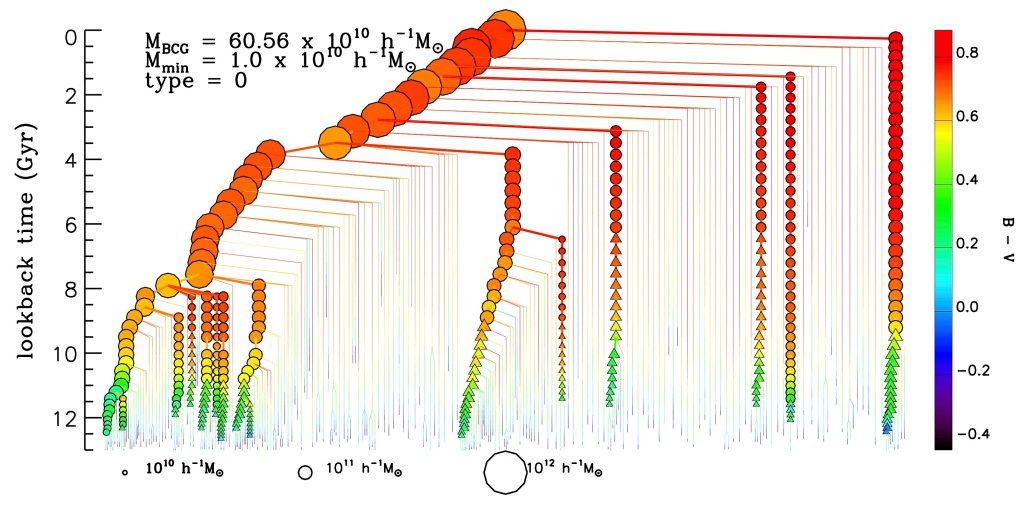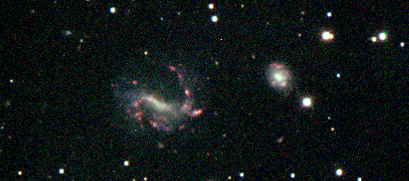
OK, basic review is over. Shit’s gonna get real. Here I give a short recounting of the primary reason I came to doubt the dark matter paradigm. This is entirely conventional – my concern about the viability of dark matter is a contradiction within its own context. It had nothing to do with MOND, which I was blissfully ignorant of when I ran head-long into this problem in 1994.








